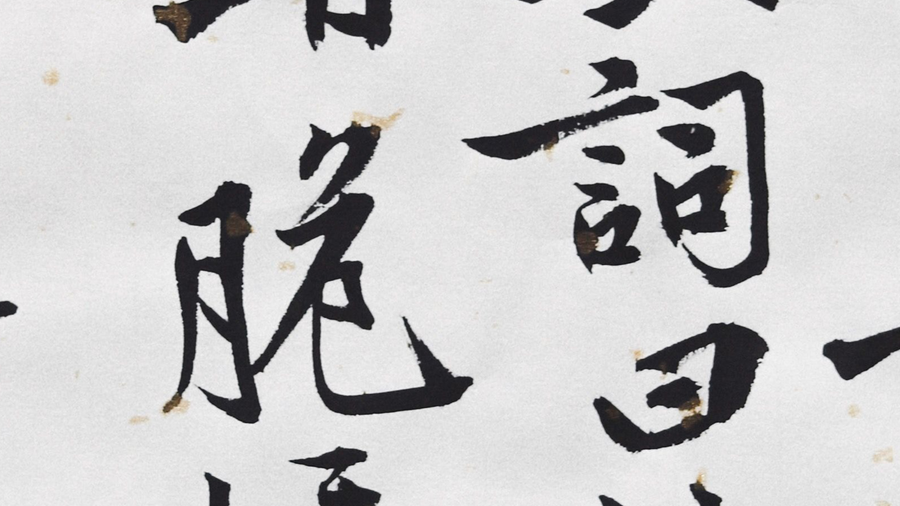· 4 min read
Making Sense of Japanese Kanji Readings
Deciphering On'yomi and Kun'yomi Readings

Japanese is a fascinating and complex language, with its rich history and intricate writing system. One of the most intriguing aspects of the language is the use of kanji, logographic characters borrowed from the Chinese writing system. When learning Japanese, you will come across two types of kanji readings: On’yomi and Kun’yomi. These readings might initially seem confusing, but they are essential to understanding and reading Japanese effectively. In this article, we will explore the difference between On’yomi and Kun’yomi readings, why there are two types, and how to make sense of them.
What are On’yomi and Kun’yomi Readings?
On’yomi (音読み)
On’yomi, or “sound reading,” is the Chinese-derived pronunciation of a kanji character. These readings were adapted from the original Chinese pronunciations when kanji was introduced to Japan around the 5th century. As a result, On’yomi readings are often closer to the original Chinese sounds and may seem less familiar to native Japanese speakers.
Kun’yomi (訓読み)
Kun’yomi, or “meaning reading,” is the native Japanese pronunciation of a kanji character. When kanji was introduced to Japan, the Japanese people assigned their own words and meanings to the characters based on their existing spoken language. Kun’yomi readings are typically used when the kanji appears in isolation or in combination with other native Japanese words, such as hiragana.
Why are there two types of readings?
The two types of readings, On’yomi and Kun’yomi, exist because kanji characters were originally adopted from Chinese, a language with a completely different phonetic system than Japanese. When Japan borrowed the Chinese characters, they not only adopted the Chinese pronunciation (On’yomi) but also assigned their own native Japanese pronunciations (Kun’yomi) to the characters. This allowed Japanese speakers to use the kanji characters in both Sino-Japanese words and native Japanese words.
Why do some kanji have multiple ways to read them?
Kanji characters can have multiple readings because they often represent different meanings or concepts. These various meanings and pronunciations have evolved over time as the Japanese language has absorbed and adapted kanji. Some kanji have several On’yomi readings due to regional differences in Chinese pronunciations, while others have multiple Kun’yomi readings because they represent different native Japanese words.
Additionally, the Japanese language has evolved over time, and some kanji have developed new or altered meanings. As a result, multiple readings can provide nuances in meaning, allowing for a richer and more diverse vocabulary.
How to make sense of Japanese kanji readings?
Understanding and remembering the various On’yomi and Kun’yomi readings of kanji can be challenging, but there are some strategies that can help.
1.Focus on context: When encountering a kanji character, pay attention to the context in which it appears. This will often provide clues as to whether the On’yomi or Kun’yomi reading is appropriate. For example, if the kanji is part of a compound word (two or more kanji characters combined), it is more likely to use the On’yomi reading. If the kanji is followed by hiragana, it is more likely to use the Kun’yomi reading.
Learn common compounds and vocabulary: By familiarizing yourself with frequently used compound words and vocabulary, you will develop a better understanding of when to use the appropriate On’yomi or Kun’yomi reading. This will also help build your overall Japanese language proficiency.
Practice, practice, practice: Like any language skill, mastering kanji readings takes time and consistent practice. Regularly reading and writing kanji, as well as using flashcards or spaced repetition systems, can be highly beneficial in building your kanji knowledge.
Use mnemonics: Creating mnemonic devices or stories that connect the kanji character, its meaning, and its readings can be a helpful technique for memorization. This will make it easier to recall the correct reading when you encounter the kanji in context.
Don’t be afraid to make mistakes: As with any language learning process, making mistakes is inevitable. Embrace these moments as learning opportunities and continue to refine your understanding of kanji readings.
Conclusion
While On’yomi and Kun’yomi readings might seem overwhelming at first, understanding their origins and purpose can help demystify this aspect of the Japanese language. By focusing on context, learning common vocabulary, and practicing regularly, you will gradually become more proficient in deciphering kanji and their readings. Remember, language learning is a journey, and with perseverance and dedication, you will find yourself making steady progress in mastering Japanese kanji and their On’yomi and Kun’yomi readings.
In summary, the Japanese language is a fascinating blend of native elements and borrowed components from other languages, such as Chinese. The existence of On’yomi and Kun’yomi readings reflects this linguistic evolution and contributes to the richness and complexity of the Japanese writing system. Embrace the challenge and enjoy the process of learning and understanding this beautiful language!